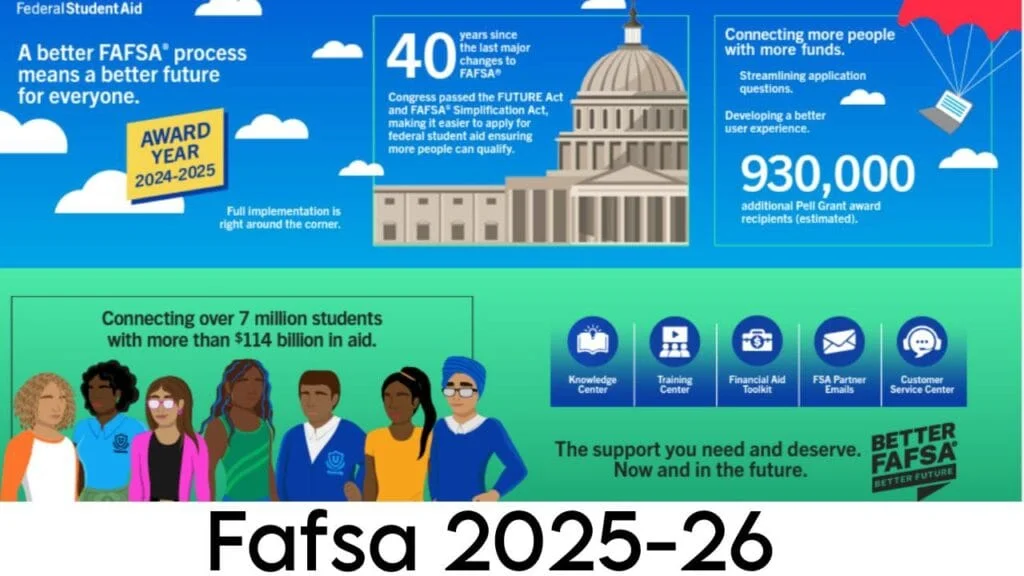Canada’s New Driving Rule 2025: What Every Driver Needs to Know ;In 2025, Canada is rolling out a significant update to its national driving regulations. Aimed at improving road safety, reducing emissions, and modernizing driver accountability, this new rule has implications for both everyday motorists and commercial drivers. Here’s a complete breakdown of what’s changing and how it could affect you.
Overview: Canada’s 2025 Driving Rule
| Feature | Details |
|---|---|
| Rule Implementation Date | January 1, 2025 |
| Applies To | All provinces and territories |
| Main Focus | Mandatory Digital Driver Monitoring & Eco-Driving Compliance |
| Key Technologies | In-vehicle telematics, real-time monitoring tools |
| Driver Impact | Stricter rules for speeding, idling, and mobile use |
| Penalty Structure | Tiered fines, license demerits, and mandatory retraining |
| Exemptions | Certain rural zones, emergency response vehicles |
| Government Body Involved | Transport Canada + Provincial Ministries of Transport |
What’s Changing in Canada’s New Driving Rule 2025?
Canada’s federal and provincial governments are jointly launching a nationwide “Smart Driver Enforcement Initiative”, which mandates:
1. Digital Driving Records
Drivers will now have a digitally linked profile that stores their driving history, including:
- Speed violations
- Distracted driving reports
- Eco-driving scores (acceleration, braking patterns)
Law enforcement and insurance providers will have access to this profile during checks or claims processing.
2. Mandatory Telematics for New Vehicles
All vehicles manufactured or sold after January 2025 must be equipped with built-in telematics systems that:
- Track fuel efficiency
- Monitor sudden stops or sharp turns
- Send alerts for excessive idling or distracted driving
3. Updated Penalty Structure
Penalties for high-risk behaviours such as texting while driving, excessive speed, or emissions non-compliance are being increased. Repeat offenders will be required to:
- Attend a mandatory digital safety training module
- Undergo a driving skills re-evaluation test
4. Real-Time Monitoring for Commercial Drivers
Commercial drivers must install approved telematics devices capable of real-time GPS tracking and behaviour monitoring. Non-compliance may lead to:
- Temporary suspension of licenses
- Business fines up to $25,000 CAD
Why This Rule Matters
The 2025 driving regulation reflects Canada’s effort to:
- Improve national road safety
- Support its Net-Zero 2050 emissions goal
- Leverage smart technologies for better enforcement
It also brings Canada in line with global standards being adopted in the EU, Australia, and parts of the U.S.
Who Is Affected?
Affected:
- New vehicle owners (2025+)
- Commercial transport operators
- Drivers in urban municipalities
- Young/new drivers under graduated licensing
Not Affected:
- Vintage/classic car owners (non-daily use)
- Off-grid or remote area drivers (with documented exemptions)
- Emergency and law enforcement vehicles
What You Should Do
- Check your vehicle’s compatibility with telematics (if buying a new one in 2025)
- Review your digital driving profile via your provincial service portal
- Stay updated on penalty changes through local transport authority websites
- Enroll in awareness sessions offered by provincial driver centers
Disclaimer
This article is intended for general informational purposes only and does not constitute legal or professional driving advice. Details about Canada’s 2025 Driving Rule are subject to change based on provincial implementation schedules and federal amendments. For the most accurate and official guidance, please refer to Transport Canada or your province’s Ministry of Transportation






